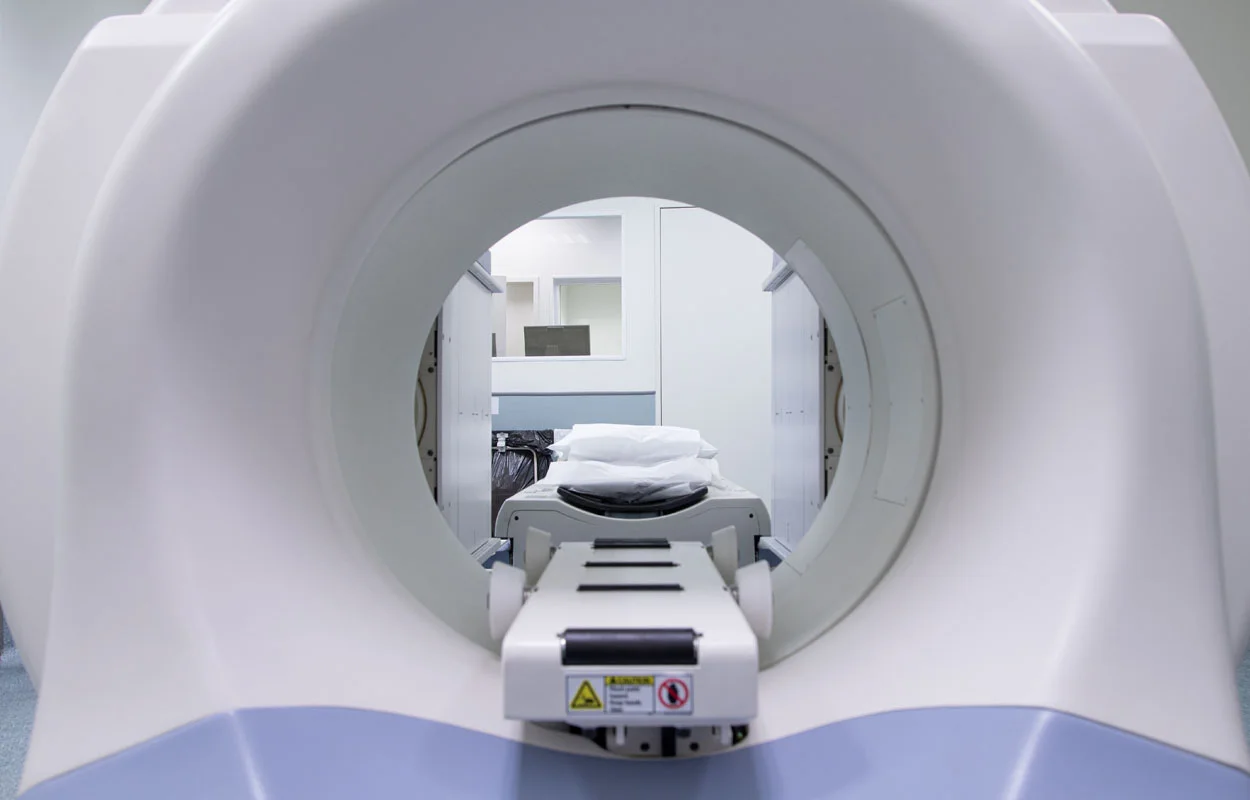A new study by the University of Gothenburg suggests that Sweden’s Viking Age population suffered from widespread disease.
The study, published in the journal BDJ Open, analysed the skulls of 15 Viking-era individuals using computed tomography (CT) scans.
CT scans are used to obtain detailed internal images of the body. X-ray scans taken from different angles are processed using tomographic reconstruction algorithms on a computer, creating cross-sectional (tomographic) images—essentially virtual “slices” of the body.
According to the study authors, the CT scans detected pathological bone growths in the skull and jaw, indicating infections and other conditions.
Some skulls showed evidence of chronic sinus or ear infections, while others had signs of osteoarthritis and various dental diseases. The individuals studied were adults who lived between 20 and 60 years of age.
The study lead, Carolina Bertilsson, is an assistant researcher at the University of Gothenburg, said: “The results of the study provide greater understanding of these people’s health and wellbeing. Everyone knows what it’s like to have pain somewhere, you can get quite desperate for help. But back then, they didn’t have the medical and dental care we do, or the kind of pain relief – and antibiotics – we now have. If you developed an infection, it could stick around for a long time.”
“Very many of today’s archaeological methods are invasive, with the need to remove bone or other tissue for analysis. This way, we can keep the remains completely intact yet still extract a great deal of information,” added Bertilsson.
Header Image Credit : Shutterstock
Sources : idw – https://doi.org/10.1038/s41405-025-00309-9







